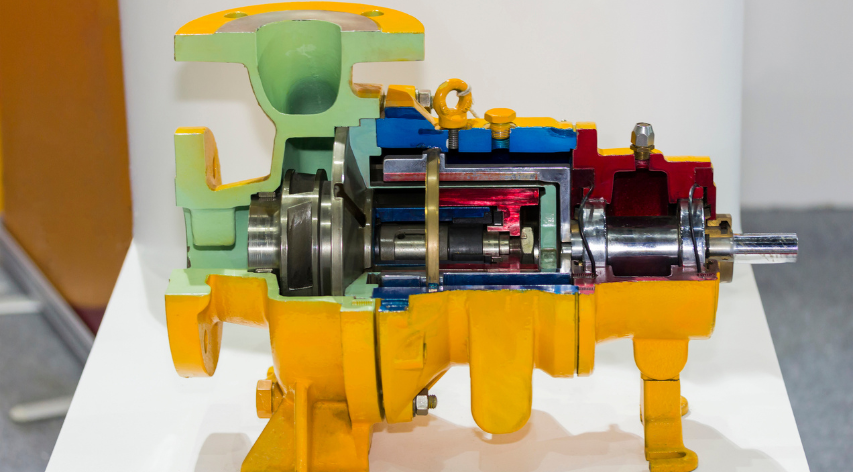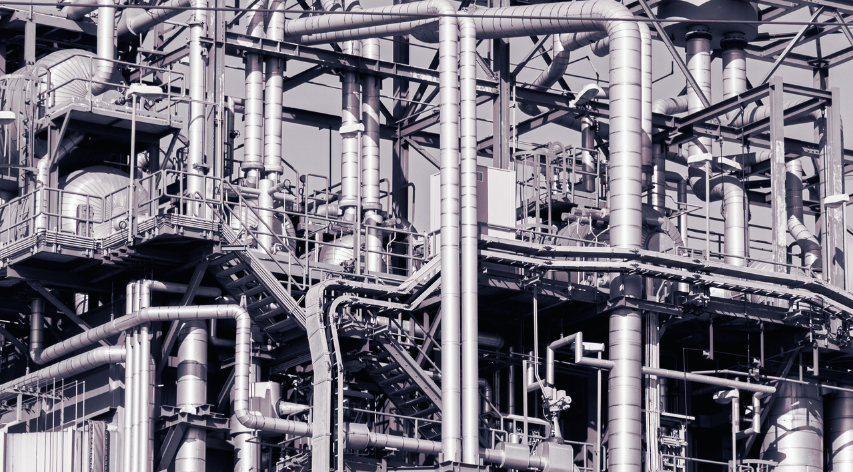Machinery Hurricane Flood Damage– Innovative Seal Recovery Procedure
Serious floods rarely occur in the life of a refinery or petrochemical plant. But when such an event does occur there are significant implications for the reliability of rotating equipment and associated business risks when it’s time to restart the plant. And because this scenario is so uncommon, there are few, if any, industry standards offering guidance or practical advice on the methods appropriate to ensure a cost effective and reliable restart of the facility. Two Becht Machinery Advisors, Stanley Fussell and Randy Passman, developed an industry-unique and innovative procedure for flushing and testing oil film and gas seals that allowed a client to successfully restart over two dozen major machinery trains following a serious flood, without having to replace a single seal system.
The experience involved the serious flooding of a large chemical plant due to hurricane surge. The entire plant was submerged in up to ten feet of salt water and debris. The primary challenge presented to Becht Engineering was to develop a costeffective, reliability-based plan for restarting the plant’s rotating equipment. A secondary challenge was to provide the technical support, mentoring of inexperienced staff, and planning of complex, plant-wide priorities and resource allocation issues. And with over two dozen major, unspared pieces of turbo-machinery and 100’s of general purpose machines, the task was daunting. With widespread flooding, none of the “normal” support services were available: no potable water, no utility air or steam, and no electricity… not to mention food or housing. Spare parts inventories were ruined and technical manuals were destroyed. And the support services such as experienced crafts-persons and machine shop capabilities that were normally readily available were scarce, and local competition for these services was keen.
Working with the staff from the plant, Randy and Stanley (with 80 years of combined experience in machinery system reliability) developed a plan for the methodical process of inspecting, testing and bringing the plant’s rotating equipment back to “life.” Oil system flushing and seal integrity were two of the key issues facing the team. Oil flushing started with “remove deadfish and seaweed…” Flush systems were set-up to operate 24/7 entirely on self-contained utilities. Very high standards were established for “clean enough.” And eventually all of the oil and seal systems were satisfactorily cleaned.
But the very serious reliability question of bearing and seal integrity had to be addressed. The conservative, but very costly option would have been to simply open and replace seals and bearings in every machine. A better, reliability-based and more economical way was needed. Randy and Stan developed that option.
The plant’s machines had been taken out of service in a controlled shut down. The only problem was that the seal oil system had lost sealing pressure when the pumps or control system went under water. With some pressure still on the compressor cases and no seal oil pressure, the inner seals would have separated to release the higher pressure gas, contaminating the seals. To insure 100% reliability and a successful start up the bearings and seals had to be in good condition. Stan and Randy devised a plan to flush and pressure test the seals and inspect the bearings to assure they would meet the challenge. The bearing inspection was relative easy and straight forward. Their plan for the seals involved pressuring the seals and only replacing the seals that failed the test. To the best of their knowledge, such an undertaking had never been tried. The plan involved temporary piping and instrumentation changes, independent utilities support, and a thorough review by the plants safe operations committee. The business risks were assessed and management agreed to use of the procedure.
This plant had two types of compressor seals; gas seals and oil film bushing seals. The gas seals could be tested using bottled nitrogen, but the oil film bushing seals required considerably more innovation. The basis of Stan and Randy’s procedure was to control the pressure in the overhead seal oil tanks while not changing the pressure in the compressor case. With this procedure the differential pressure on the inner seal could be raised to re-seat the inner seals and thereby assure that they sealed under normal operating pressure. This plan, an industry first, not only worked, but it was effective on 100% of the seal systems. No seal change-outs were required on any of these two dozen major unspared compressors. And every machinery train was re-started without any reliability issues.







